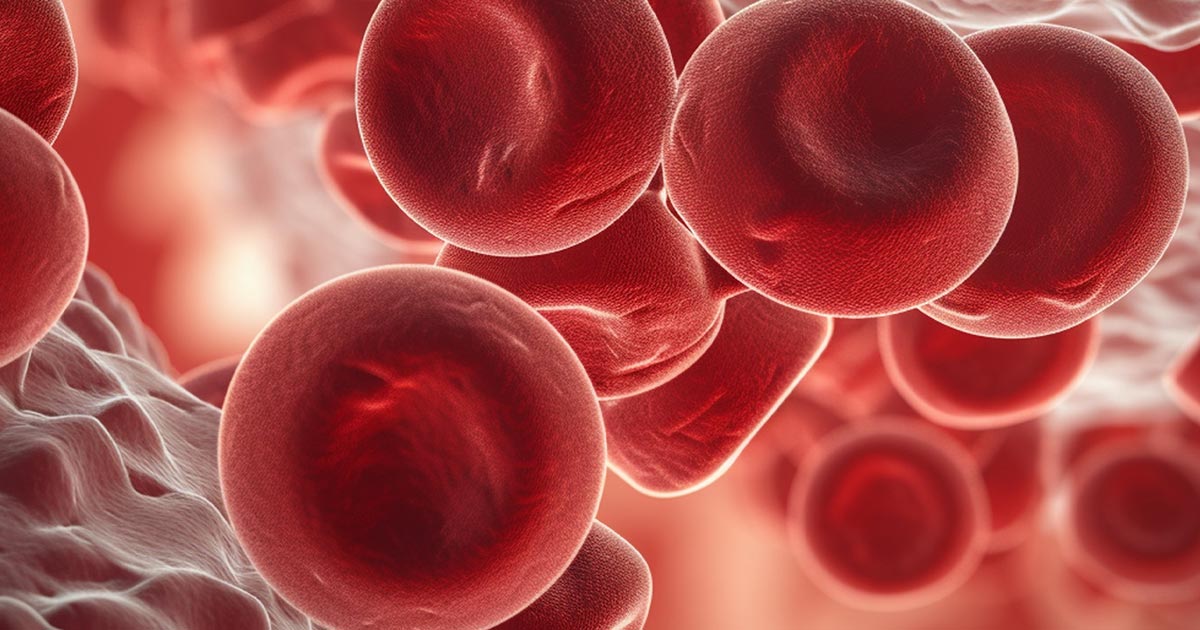Case 1: Baseline Characteristics
Ilene C. Wetiz, MD, professor of clinical medicine at the Keck School of Medicine at the University of Southern California, discusses the baseline characteristics of the case:
"The first case we’ll discuss is that of a 29-year-old female who presented with chest pain and shortness of breath. She had a 9-month history of abdominal pain. Three months earlier, she was admitted to an outside hospital and underwent a cholecystectomy for cholelithiasis. At the time, it was noted in the OP report that she had ascites and she had a platelet count of 60,000[/µL]. After the surgery, she had persistent abdominal pain and then developed shortness of breath. She had no significant past medical history, was not on any medications, didn't drink, smoke or use any illicit drugs.
Her family history was significant only for hypertension. On exam, when she was transferred to us, she had a blood pressure of 120/70, pulse was 80 and regular, and the respiratory was 16. She was alert and oriented and able to give us the history, and she was afebrile. She had some scleral icterus and her cardiac exam was unremarkable. But her abdominal exam showed mild distension with ascites. She had bilateral edema, and subsequent workup revealed the following laboratory studies. She had a white count of 6,100[/µL] with an [absolute neutrophil count] of 3,800[/µL]. Her hemoglobin was 9 [mg/dL], MCV was 93 [fl]and the platelets were 69,000[/µL]. Her dimers were elevated at 4,751. The LDH was 750 [IU/L], which was elevated in our lab. The bilirubin was 12 [mg/dL].
The direct bilirubin was 5.5 [mg/dL] and the reticulocyte count was increased at 169,000. Haptoglobin was less than 10 [mg/dL]. B12 and folate were normal. Alkaline phosphatase was elevated at 246 [IU/L], [alanine aminotransferase (ALT)] at 114 [IU/L] and her pro[thrombin] time was slightly prolonged and the PTT was borderline prolonged, but no lupus anticoagulant was detected and her workup for the antiphospholipid syndrome was negative. On her radiographic exam on the CTPA, she had a pulmonary embolus in the left mainstem pulmonary artery that extended into the left lower lobe with infarction of the left lower lobe. On CT scan, she had hepatic portal and mesenteric vein occlusion that extended into the [inferior vena cava (IVC)] and she had bilateral [deep vein thrombosis (DVT)] but an abdominal wall hematoma was noted.
In view of all of these things, and particularly given her young age and the history of thrombosis — and it was pretty clear that she was having abdominal pain from her thrombi as well as shortness of breath from her pulmonary embolus — we sent a [paroxysmal nocturnal hemoglobinuria (PNH)] flow, which showed that she had 68% granulocytes effect that were GPI deficient, 69% of the red cells — of the monocytes rather — were GPI deficient, and the red cell clone was small but she had evidence of hemolysis. Her total clone size was 30%.
So why do patients with PNH get thrombosis? Well, thrombosis is the most feared complication. It’s hard to die of hemolysis unless you’re a Jehovah’s Witness and you won’t take blood. But otherwise, thrombosis is a main cause of death and leads to much of the organ injury. And you could see it’s really driven by complement activation.
So, you activate complement for whatever particular reason. That could be infection, could be immune complexes, etc., and you generate both terminal complement C5b-9 as well as C5a. A terminal complement will damage not just red cells causing nitric oxide consumption but also damage the granulocyte, monocytes, platelets and endothelial cells, resulting in tissue factor expression and thrombin generation. C5a is a very potent inflammatory cytokine-stimulating protein. And cytokines such as IL-6 are increased in PNH. They have underlying inflammation and that then leads to monocyte activation and the generation of tissue factor, leading to thrombin generation causing clot."
Read more about

